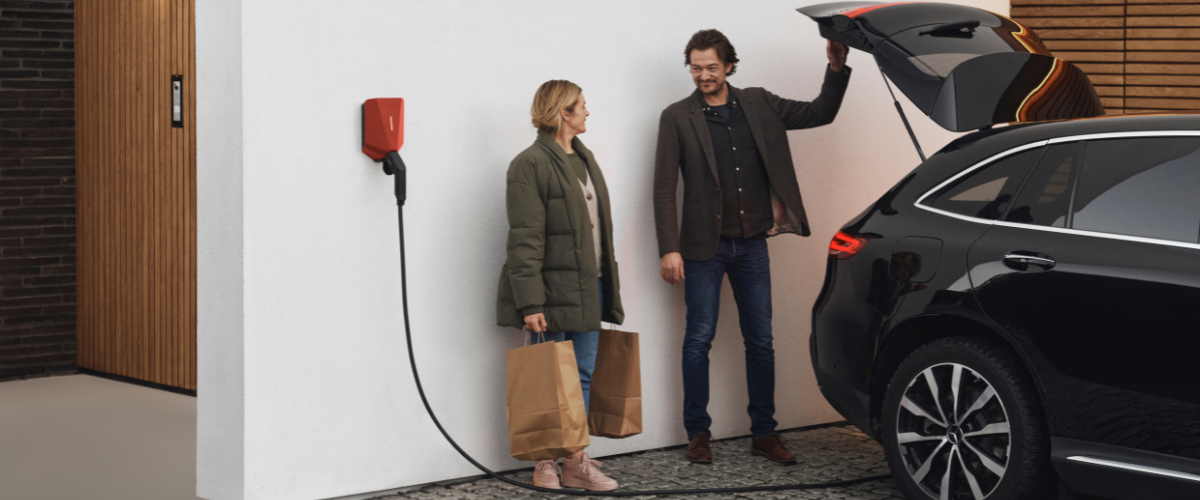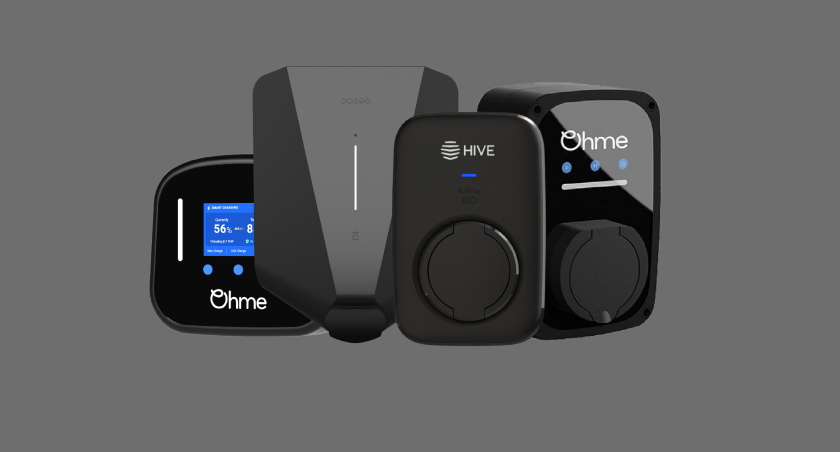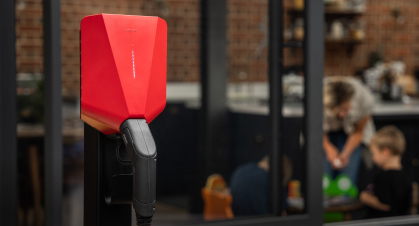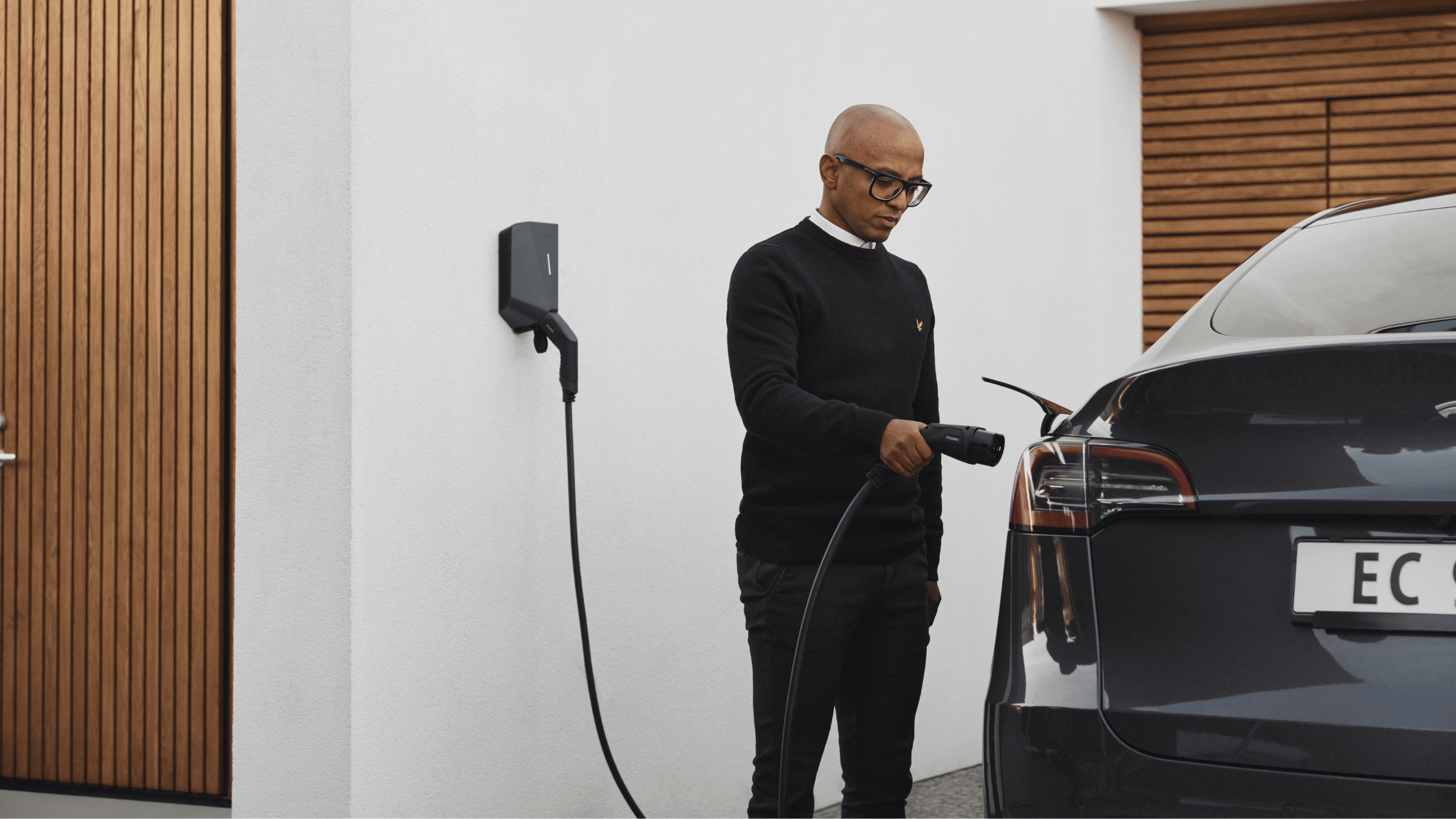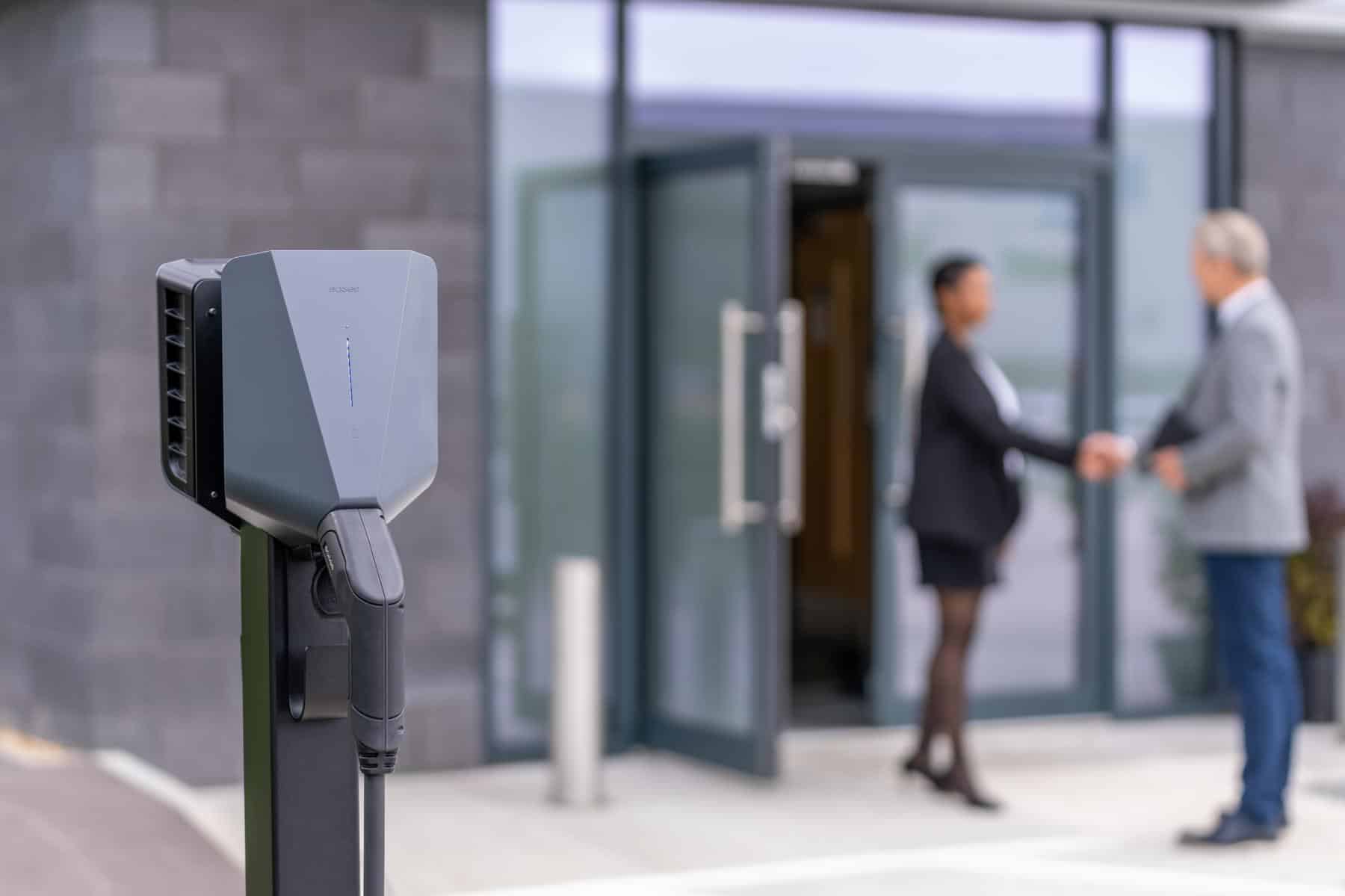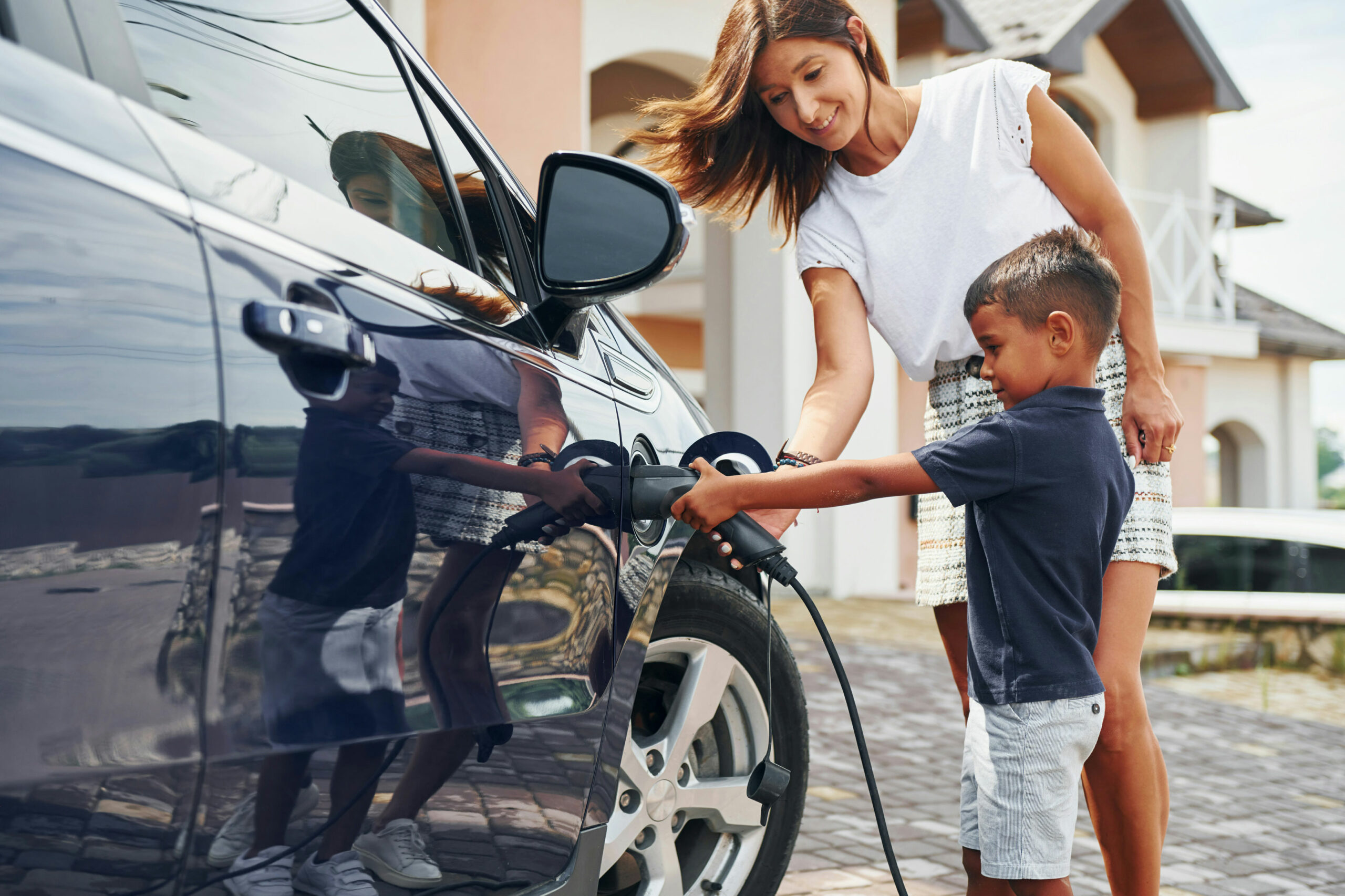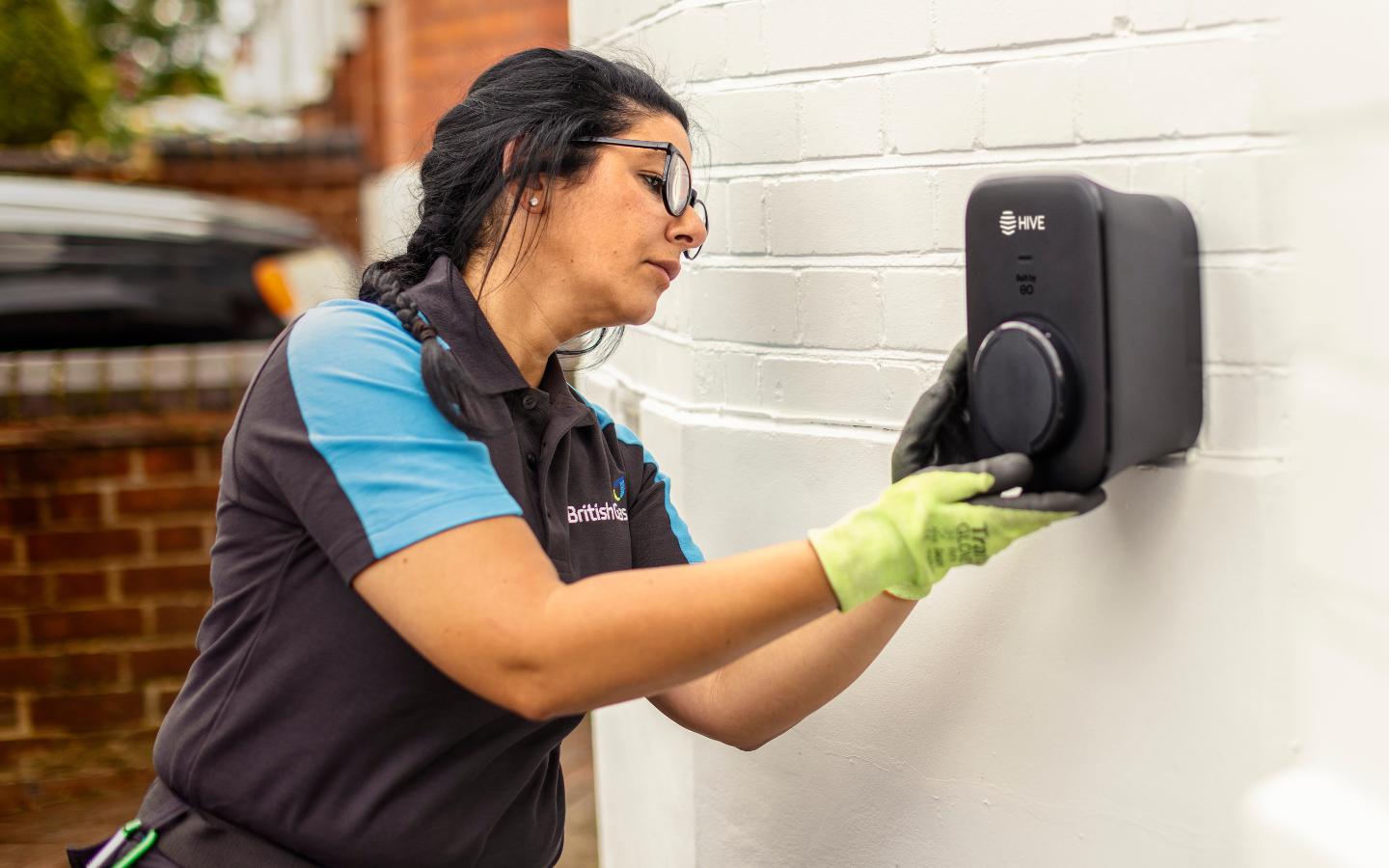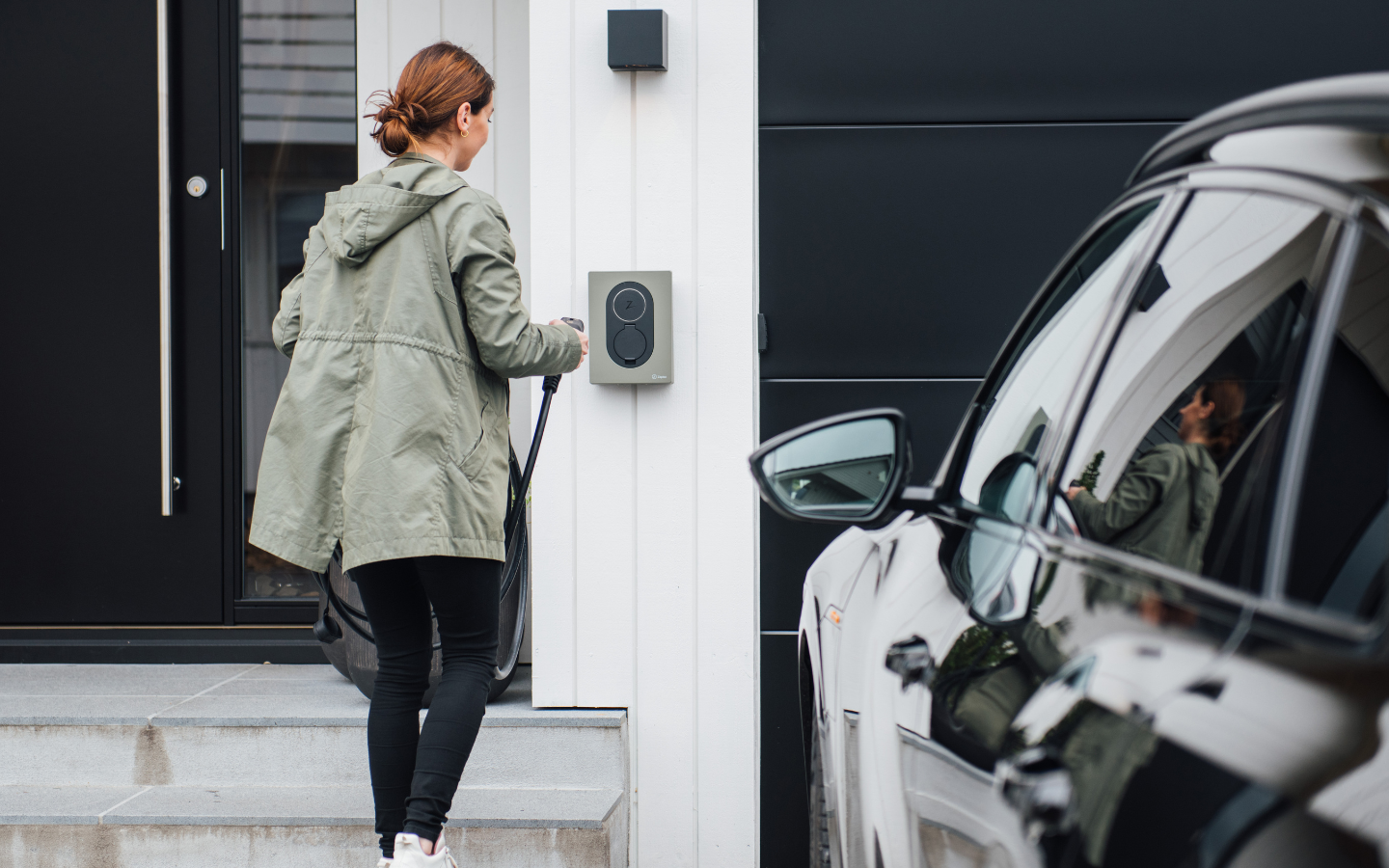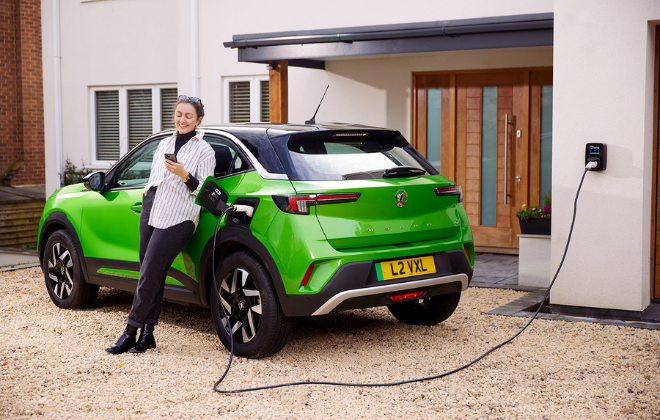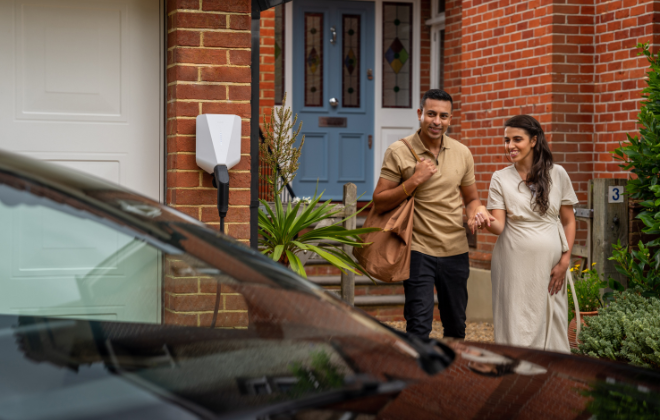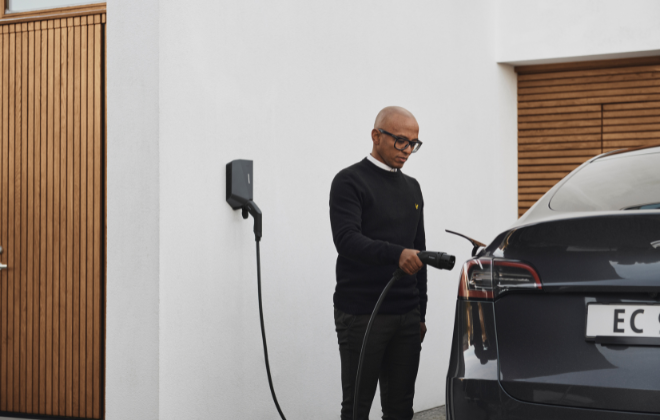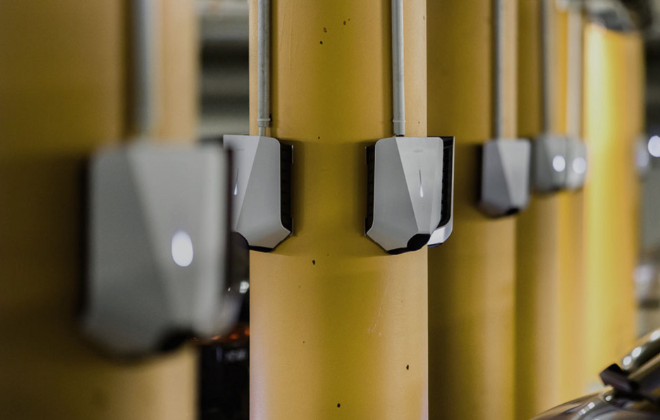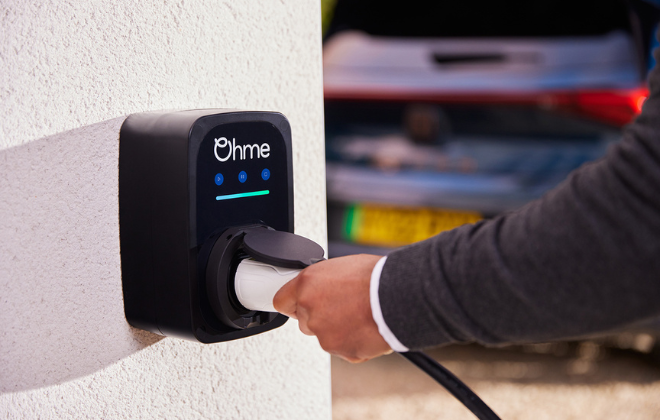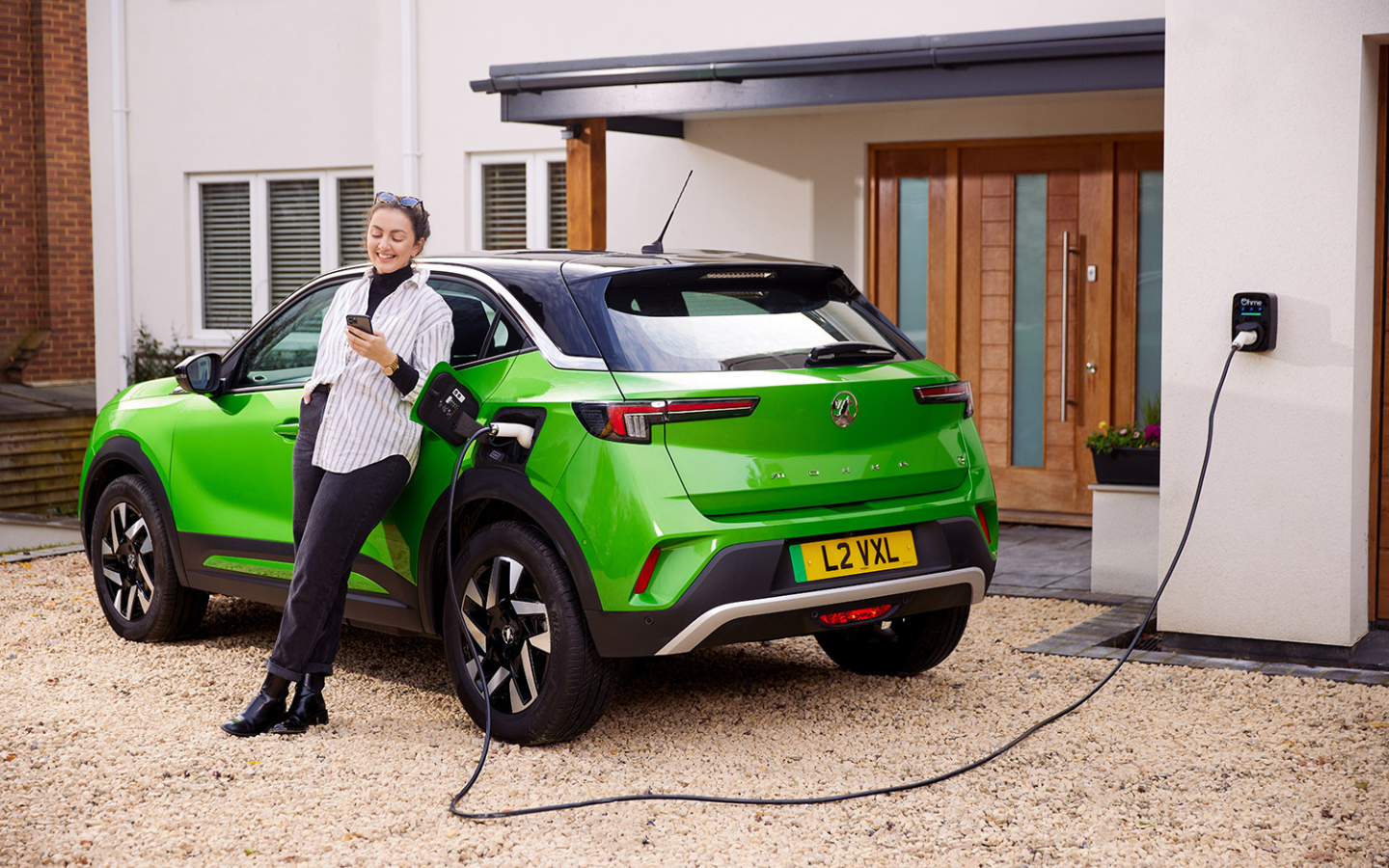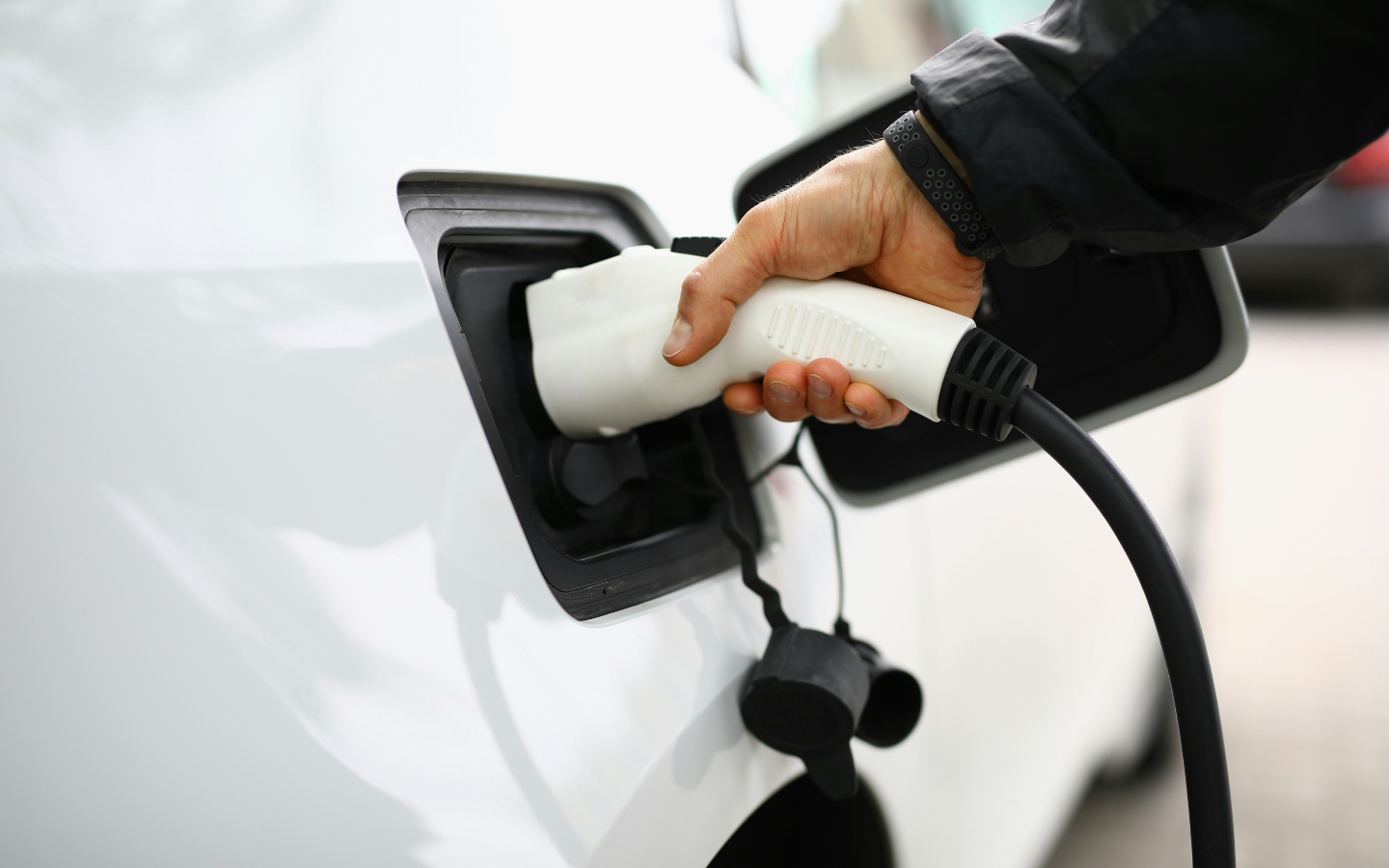

What is a granny charger? Granny electric car charging explained
What is an EV granny charger? Charging your electric car with a granny cable
Curious about the term ‘granny charger’ and what it means in the world of electric vehicles?
In this article, we’ll explain everything you need to know about granny chargers.
What is a granny charger?
A granny charger, also known as a “granny cable,” is a term used for slow, electric car charging using a UK domestic socket and a portable electric car charger. The name may sound strange, but a granny charger has earned its title because it’s typically something you would use to charge an EV when visiting your granny – or family member – when you don’t have access to a standard home or public EV charger.
For the design, a granny charger for an electric car has a standard UK household electrical 3-pin plug on one end that fits in a domestic socket and an EV connector (typically Type 1 or Type 2 socket) on the other end that connects to your EV. Make sure you get the correct granny charging cable for your EV, such as Granny Charger Type 1 for Type 1 electric vehicles and Type 2 granny charger for Type 2 connectors, or else you won’t be able to charge.
Granny chargers lack the aesthetic appeal of home EV chargers. They also have limited flexibility in terms of style and functionality. For example, unlike tethered home EV chargers, you can’t choose a cable length for an EV granny charger. Instead, an EV granny charger needs an extension cable if you require longer cabling. It’s important to note that home EV chargers are specifically manufactured for harsh weather conditions, and while granny charges themselves are waterproof – granny charger extensions are not, and that means they need to be monitored carefully.
Ohme Granny Charger
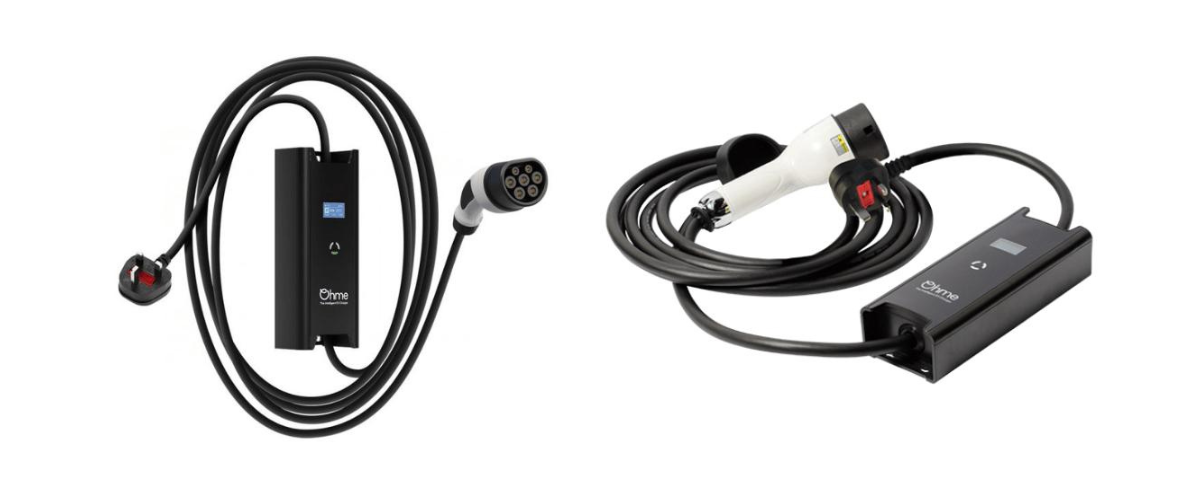
Do electric cars come with granny chargers?
Most new electric cars come with a granny cable, or ‘in cable control box’ (ICCB). For example, new Teslas always come with a Tesla granny charger. If you are purchasing any second EV second-hand, you should investigate whether your electric vehicle will come with a granny charger, as it’s not always guaranteed.
What are the benefits of using an EV granny charger?
The core advantage of an electric car granny cable is its flexibility. Being compact and lightweight, granny chargers are easy to carry in the trunk of a car and can be used wherever there’s a standard socket, whether it’s at home, work, or while travelling. While home charging points are installed on properties and cannot be transported (unless moving house), granny chargers are portable – which is why they are also sometimes referred to as ‘portable EV chargers’.
Should I use a granny charger to charge my electric vehicle (EV)?
Granny chargers are a practical backup for EV owners, ensuring they can recharge their vehicles, even without home or public charging points, whenever and wherever they are. But while it may seem like granny EV chargers offer more flexibility, granny chargers are meant for occasional use and as a backup charging solution – not as a full-time everyday charger. For faster, more efficient and safer charging sessions, dedicated home charging units or public fast-charging stations are the preferred options.
Since granny cables are only for emergency use, they do not come with smart features that you would otherwise receive with a smart home EV charger. Unfortunately, this means you lose out on significant cost savings – and more.
Granny chargers also do not uphold the same safety levels as dedicated home chargers, lacking load balancing.
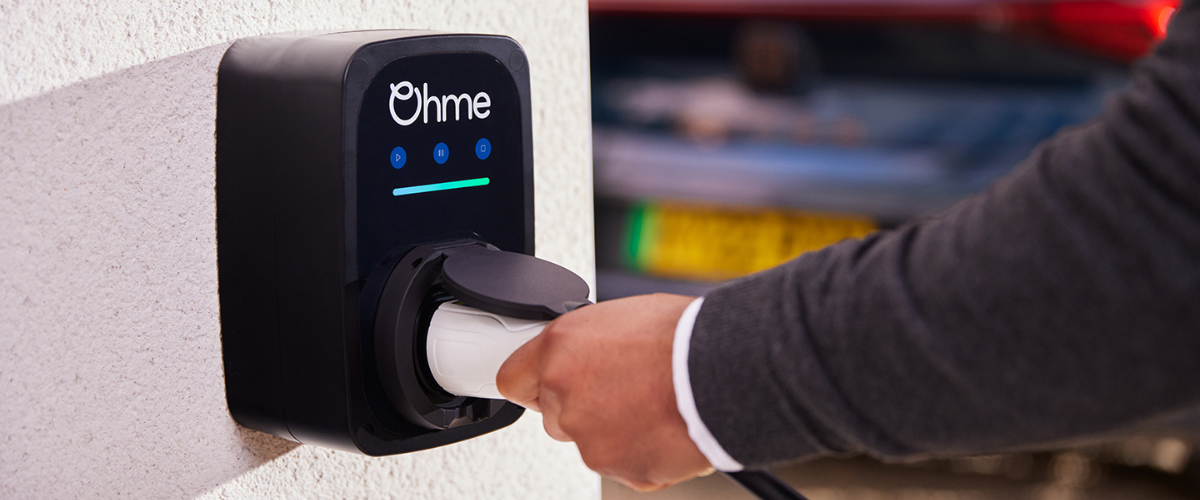
What is the best granny charger?
In our opinion, there are no best granny chargers in the UK, as they should not be used as a substitute for home EV chargers or public charging points because of the safety risks imposed if used frequently and excessively. Although, the previously manufactured Ohme granny charger was one of the best.
Tired of using slow granny chargers for your EV? Or, interested in charging smarter, faster and safer?
Home electric car chargers offer faster charging compared to granny cables, charging at a rate of 7kW instead of 2.3kW – that’s thrice the speed of a granny charger.
Flexibility and performance are key advantages of home EV chargers, too. For one, to stop charging on a granny charger, you must unplug or switch off the socket, whereas, for a home EV charger, you can stop and start charging via your home chargers app. Additionally, you can schedule charging during off-peak hours with a home EV charger – something you cannot do with a granny EV charger – which can result in hundreds of pounds worth of cost savings.
That’s not including the style and aesthetics of a home EV charger, either.
At We Power Your Car, we only sell the best home electric car chargers on the market – tried and tested to ensure we offer the safest, smartest and most reliable charging points.
With end-to-end home charging solutions, we can handle the entire process for you – from enquiry through to post-installation – including DNO applications and grant paperwork.
If you want a home EV charger installation, click below to get your free quote, or contact us for more information or any queries you may have. Our team are available to provide free, unbiased advice seven days a week – including bank holidays.
Related articles_
Stay up to date on the latest from We Power Your Car_
I consent to receive newsletters from We Power Your Car. Please see our Privacy Policy
